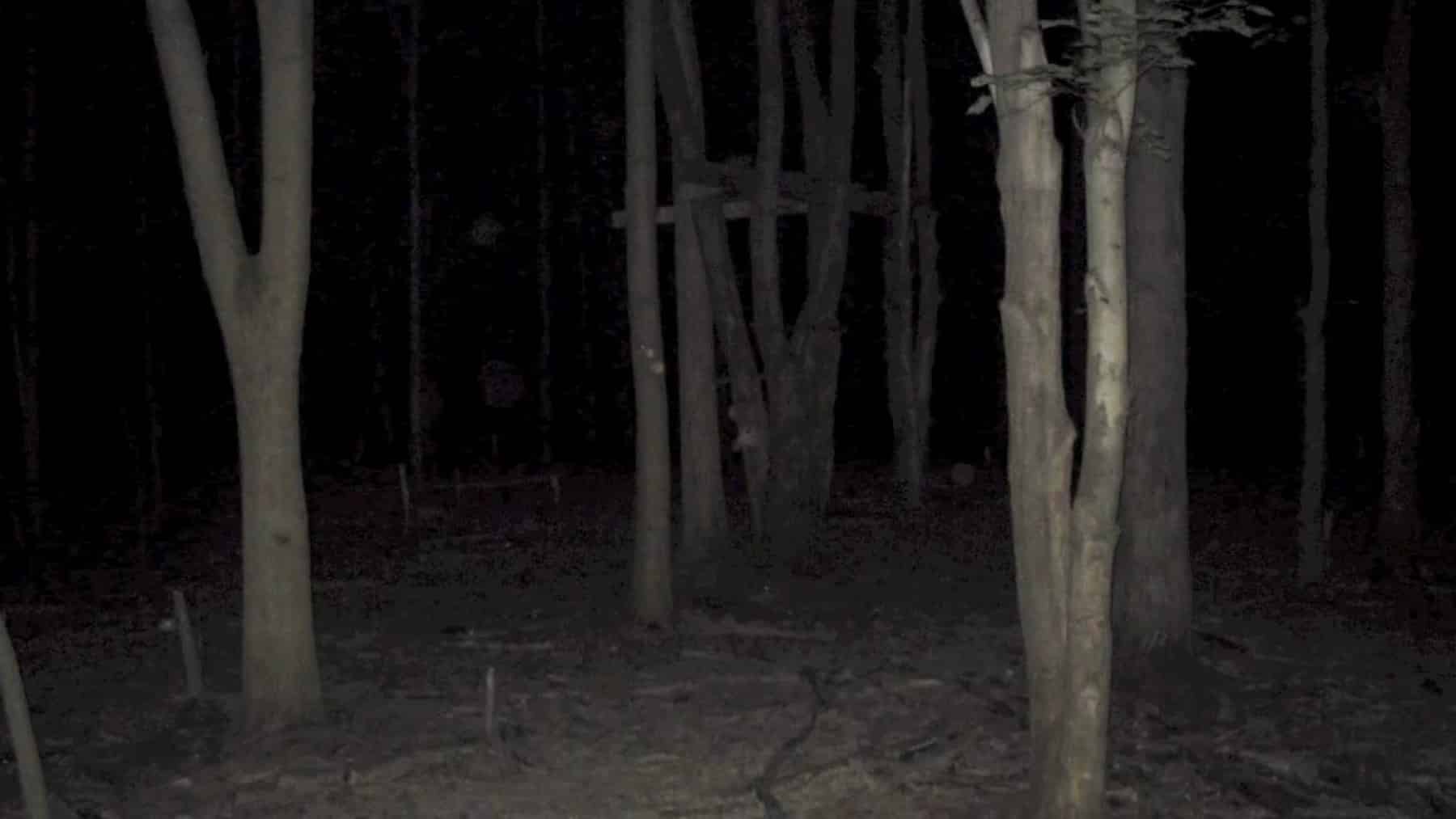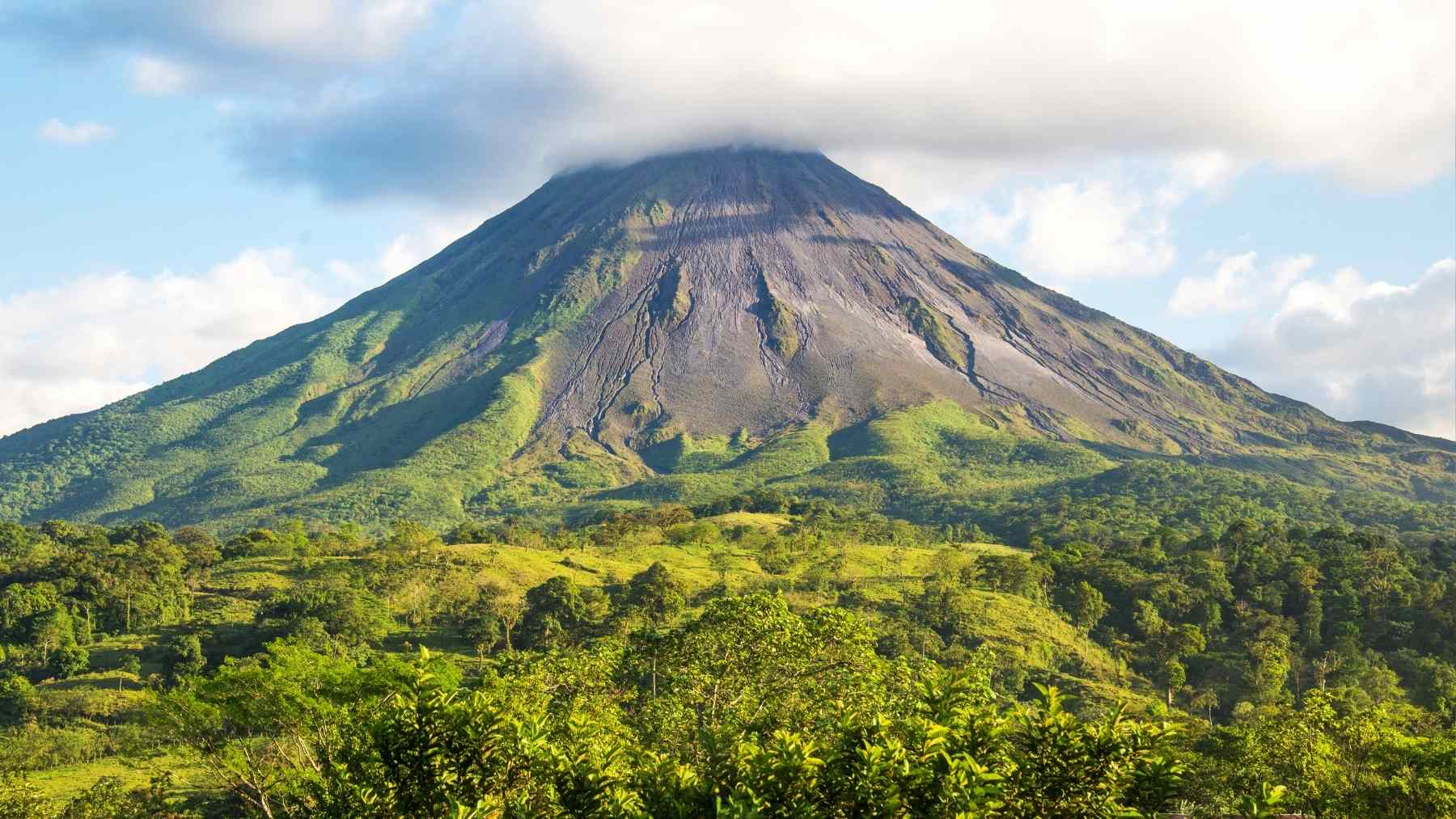Scientists discovered a new massive species within the isolated forests of Papua New Guinea. They uncovered this historical discovery in remote Papua New Guinea, which immediately received widespread interest from the scientific community. Scientists revealed this remarkable discovery through the following information breakdown.
Discovery of the giant creature
Scientific researchers found an oversized being inside Papua New Guinea’s thick woodlands, where the beast displayed its peculiar wrinkled hide. During their expedition to study biodiversity, the team found the creature in the Papua New Guinea forests. Scientists remain both bewildered and enthused after discovering a chromatically unique and strangely formed creature.
Dr. Tim Laman led the team, which first believed they had discovered a recognized species. Initial inspection indicated newness, but closer evaluation revealed this was an unknown creature. The creature stands apart from all known species because of its large size and distinctness, which requires scientific examination.
Unique characteristics and features
A newly identified species stands out because of its vast size and loose skin structure. The creature shows a solid body construction and limb features, indicating its successful adaptation to living in forest areas. From its body, the loose skin extends downward to assist the species in controlling its body temperature when existing in humid forest conditions.
Distinctive physical traits
The remarkable organization of the creature includes three distinct features in addition to its distinctive skin.
- Its big eyes provide exceptional nighttime vision to let the creature maneuver secretive forest routes in night conditions.
- The creature displays omnivorous behavior because scientists discovered it consumes both plants and animals during their investigation.
Implications for biodiversity
Identifying this new species adds to the extensive natural diversity of Papuan New Guinea’s forested areas. Scientists recognize this area as a site that contains distinctive and varied forms of unidentified wildlife. Scientific exploration and conservation programs in remote regions become increasingly essential because this previously unknown, enormous creature exists.
Significance of the discovery
The unearthing of this new species raises doubts regarding other hidden species that might exist in this region. According to scientists, the abundant forests of Papua New Guinea remain inaccessible to human eyes yet probably hide numerous unknown creatures that maintain this intricate ecosystem. Scientists view this discovery as evidence that nature remains immense, with countless unanswered questions.
Future research and conservation efforts
Studies have been conducted extensively to learn about the newly found species. Scientists need to uncover three critical aspects about the species: its habitat, behavioral patterns, and position within the ecological structure. This species’ habitat needs immediate conservation attention from specialists who aim to preserve the area from destructive human activities and deforestation events affecting biodiversity.
Scientific organizations work to secure sustained financial support for observing the new species within its environment. Local communities must join efforts with researchers because their traditional ecological understanding, combined with support, considerably improves biodiversity conservation programs. Research collaborations between scientists and conservationists aim to guarantee survival chances for the impressive animal and all other inhabitants of its habitat.
Scientists made a remarkable discovery by finding a massive unknown animal in Papua New Guinea’s distant forests, representing a significant achievement in biodiversity studies. The fantastic discovery expands our knowledge of natural systems while demonstrating the critical necessity to protect untouched ecosystems. Natural scientists dedicate their research to this new species, while people eagerly follow the scientific developments to learn more about this wondrous kingdom entry.
The new species discovery strongly demonstrates the exciting discoveries remaining in nature. There is an urgent necessity to maintain biodiversity protection through conservation and further scientific discovery. Protecting these distant ecosystems and their vulnerable state will provide future generations with the chance to witness the amazing array of Earth’s life forms.













